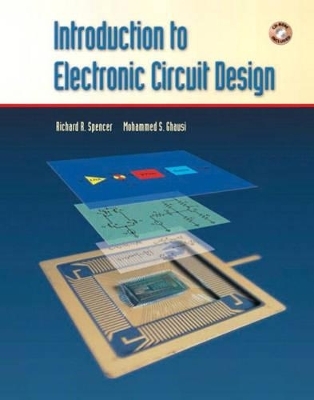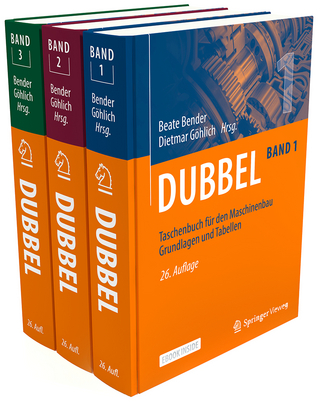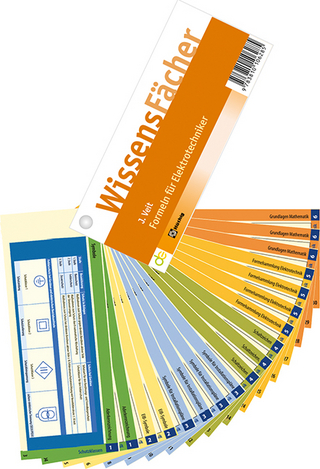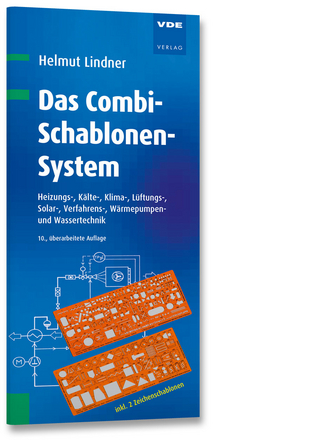
Introduction to Electronic Circuit Design
Pearson
978-0-13-042346-7 (ISBN)
- Titel ist leider vergriffen;
keine Neuauflage - Artikel merken
For two-semester/three-quarter, upper-level courses in Electronic Circuit Design.
A basic understanding of circuit design is useful for many engineers—even those who may never actually design a circuit—because it is likely that they will fabricate, test, or use these circuits in some way during their careers. This text provides a thorough and rigorous explanation of both analog and digital transistor-level circuit design with a focus on the underlying principles of how different circuits work—instead of relying completely on design procedures or “rules of thumb.” In this way, students develop the intuition that is essential to understanding and solving design problems.
Richard R. Spencer received the B.S.E.E. degree from San Jose State University 'in 1978 and the M.S. and Ph.D. degrees in Electrical Engineering from Stanford University in 1982 and 1987, respectively. He is a senior member of the IEEE. He has been with the Department of Electrical and Computer Engineering at the University of California, Davis, since 1986, where is he is currently the Vice Chair for Undergraduate Studies and the Child Family Professor of Engineering. His research focuses on analog and mixed-signal circuits for signal processing and digital communication. He is an active consultant to the IC design industry. Professor Spencer has won the UCD-IEEE Outstanding Undergraduate Teaching Award three times. He served on the IEEE International Solid-State Circuits Conference program committee for nine years, has been a guest editor of the IEEE Journal of Solid-State Circuits and has been an organizer and session chair for various IEEE conferences and workshops. Mohammed S. Ghausi received the B.S.E.E., M.S. and Ph.D. degrees in Electrical Engineering from the University of California at Berkeley. He is a Professor Emeritus of Electrical and Computer Engineering as well as Dean Emeritus of the College of Engineering at UC Davis. His research interests are in electronics circuits and systems, and network theory, and he is the author or co-author of six textbooks. He was formerly a Professor of Electrical Engineering at New York University and later John F. Dodge Professor and Dean of Engineering and Computer Science at Oakland University. He is a recipient of the Alexander von Humboldt Prize, the IEEE Centennial Medal, the Circuits and Systems Society's 1991 Education Award, and the 1988 Outstanding Alumnus award of the Department of Electrical Engineering and Computer Science at the University of California at Berkeley.
I. THE FOUNDATIONS OF ELECTRONIC CIRCUIT DESIGN.
1. Electronic Circuit Design.
The Process of Design. Analysis for Design. Electronic Systems. Notation.
2. Semiconductor Physics and Electronic Devices.
Material Properties. Conduction Mechanisms. Conductor-to-Semiconductor Contacts. pn-Junction Diodes. Bipolar Junction Transistors (BJTs). Metal-Oxide Semiconductor Field-Effect Transistors (MOSFETs). Junction Field-Effect Transistors (JFET's). Metal-Semiconductor FET's (MOSFET's). Silicon Controlled Rectifier and Power Handling Devices. Comparison of Devices.
3. Solid-State Device Fabrication.
CMOS Technology. Bipolar Technology.
4. Computer-Aided Design: Tools and Techniques.
Overview of Simulation Techniques. Circuit Simulation Using SPICE. Circuit Elements and Models for SPICE. Macro Models in SPICE.
II. ANALOG ELECTRONIC CIRCUIT DESIGN.
5. Operational Amplifiers.
Basic Op Amp Circuits. Frequency-Dependent Op Amp Circuits. Nonlinear Op Amp Circuits. Nonideal Characteristics of Op Amps.
6. Small-Signal Linearity and Amplification.
Linear Time-Invariant Networks. Nonlinear Circuit Analysis. Small-Signal Analysis. Small-Signal Amplifiers. Types of Amplifiers.
7. DC Biasing.
DC and Large-Signal Low-Frequency Models for Design. Biasing of Single-Stage Amplifiers. Biasing of Multi-Stage Amplifiers. Biasing for Integrated Circuits. Biasing of Differential Amplifiers. Worst-Case Analysis and Parameter Variation.
8. Low-Frequency Small-Signal AC Analysis and Amplifiers.
Low-Frequency Small-Signal Models for Design. Stages with Voltage and Current Gain. Voltage Buffers. Current Buffers. Integrated Amplifiers. Differential Amplifiers. Multi-Stage Amplifiers. Comparison of BJT and FET Amplifiers.
9. Amplifier Frequency Response.
High-Frequency Small-Signal Models for Design. Stages with Voltage and Current Gain. Voltage Buffers. Current Buffers. Comparison of Single-Stage Amplifiers. Multi-Stage Amplifiers. Differential Amplifiers.
10. Feedback.
Negative Feedback. Positive Feedback and Oscillators.
11. Filters and Tuned Amplifiers.
Filters. Tuned Amplifiers. Phase-Locked Loops.
12. Low-Frequency Large-Signal AC Analysis.
Diode Circuits. Amplifiers. Output Stages.
13. Data Converters.
Overview. Digital-to-Analog Converters. Analog-to-Digital Converters.
III. DIGITAL ELECTRONIC CIRCUIT DESIGN.
14. Gate-Level Digital Circuits.
Background and Binary Logic. Flip-Flops. Shift Registers and Counters. Reflections on Transmission Lines.
15. Transistor-Level Digital Circuits.
Device Modeling for Digital Design. Specification of Logic Gates. MOS Digital Circuits. Bipolar Digital Circuits.
APPENDIXES.
Appendix A: SPICE Reference.
Running SPICE. The Input File.
Appendix B: Example Device Models.
Device Data. Model Libraries from the CD.
Appendix C: Two-Port Network Properties (on the CD).
Appendix D: Review of Linear Time-Invariant Network Analysis (on the CD).
Index.
| Erscheint lt. Verlag | 20.5.2004 |
|---|---|
| Sprache | englisch |
| Maße | 201 x 254 mm |
| Gewicht | 2034 g |
| Themenwelt | Technik ► Elektrotechnik / Energietechnik |
| ISBN-10 | 0-13-042346-7 / 0130423467 |
| ISBN-13 | 978-0-13-042346-7 / 9780130423467 |
| Zustand | Neuware |
| Haben Sie eine Frage zum Produkt? |
aus dem Bereich


